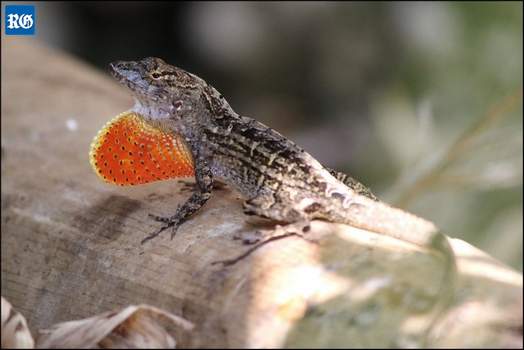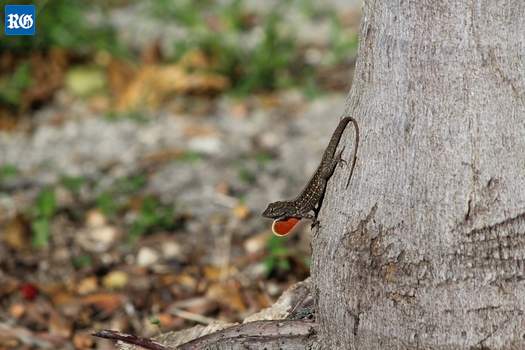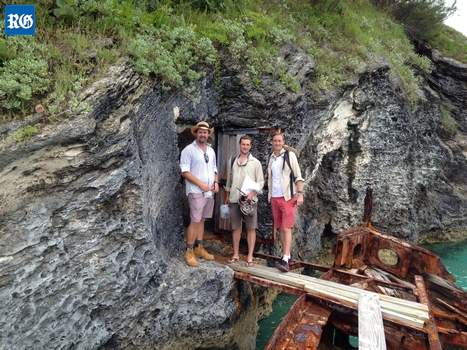Recent News
New lemurs arrive at BAMZTuesday, May 29, 2012
TUESDAY, MAY 29: Three new Bermuda residents—a trio of ring-tailed lemurs—are getting used to their home inside the Madagascar Exhibit at Bermuda Aquarium, Museum & Zoo.
St John’s Students “Discover Bermuda”
Friday, May 25, 2012
A group of students from Bermuda College and New York’s St. John’s University has spent most of the past fortnight exploring the Island as part of a course to “Discover Bermuda.”
Company is thanked for helping to house Orana the fossa
Wednesday, May 16, 2012
Orana the fossa, a popular creature at the Bermuda Aquarium and Zoo (BAMZ), had her enclosure dedicated to a reinsurance company who helped fund her home.
Zoo’s Fossa Exhibit Dedicated To RenaissanceRe
Tuesday, May 15, 2012
Bermuda Zoological Society is rewarding a generous capital campaign gift by dedicating part of the Bermuda Aquarium, Museum & Zoo’s Madagascar Exhibit to donor RenaissanceRe.
XL employees give back
Monday, May 07, 2012
Close to 150 of XL’s Bermuda-based employees chose to spend last Friday working on community projects throughout the Island.
About
GovernanceAbout Us
Newsletter
Latest News
Gift & Bookstore
Contact
General Inquiries
info@bzs.bm
Latest News
All the latest updates and news from the Bermuda Aquarium, Museum, and Zoo, one of Bermuda's leading visitor attractions!
Jonathan Bell
Published Nov 2, 2017 at 8:00 am (Updated Nov 2, 2017 at 6:05 am)

The brown anole lizard in Bermuda (Photograph by James Stroud)
Bermuda’s endangered skinks are soon to cross paths with a thriving invasive species that already outnumbers the entire native population.
James Stroud of Florida International University said the brown anole lizard had been recorded “living in some of the highest densities of any terrestrial vertebrate on Earth”.
Dr Stroud’s report was shared with The Royal Gazette in the wake of an article on the lizard’s spread after the reptiles were spotted around Aberfeldy nursery in Paget.

The brown anole lizard in Bermuda (Photograph by James Stroud)
Other clusters of the foreign lizard were found on the grounds of Belco and a lumber yard at Mill Creek, both in Pembroke.
The report, with Sean Giery from North Carolina State University and Mark Outerbridge from the Department of Environment and Natural Resources, “conservatively” estimated there were 4,000 to 5,000 of the lizards on the island — dwarfing a total skink population of 3,500.

Researchers on Nonsuch Island: from left, Mark Outerbridge of the Department
of Environment and Natural Resources, Sean Giery from the University of Connecticut,
and James Stroud of Florida International University (Photograph supplied)
The two species overlap “substantially” — both lizards prefer to stay on the ground, and eat the same ground-dwelling insects and spiders.
The scientists estimated that contact between the species might occur in less than ten years.
Brown anole numbers appear to reflect “an initial stage of invasion, and prior to exponential growth” — meaning the lizards could become a familiar sight around the island.
The brown anole, which is originally from the Caribbean, has spread around the world — partly because the lizards are popular as pets.


